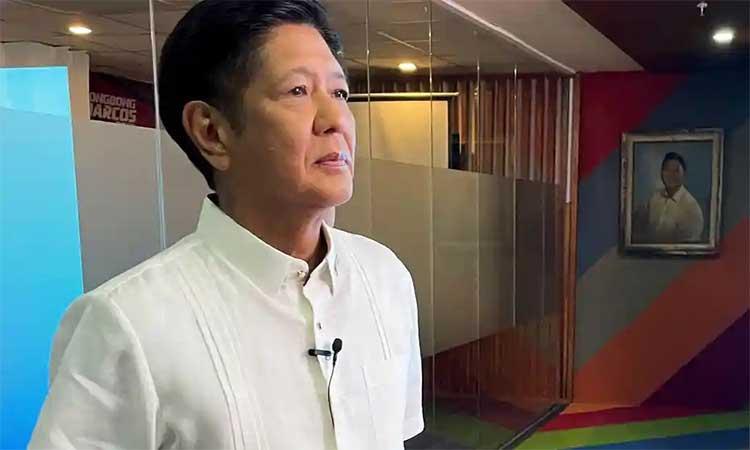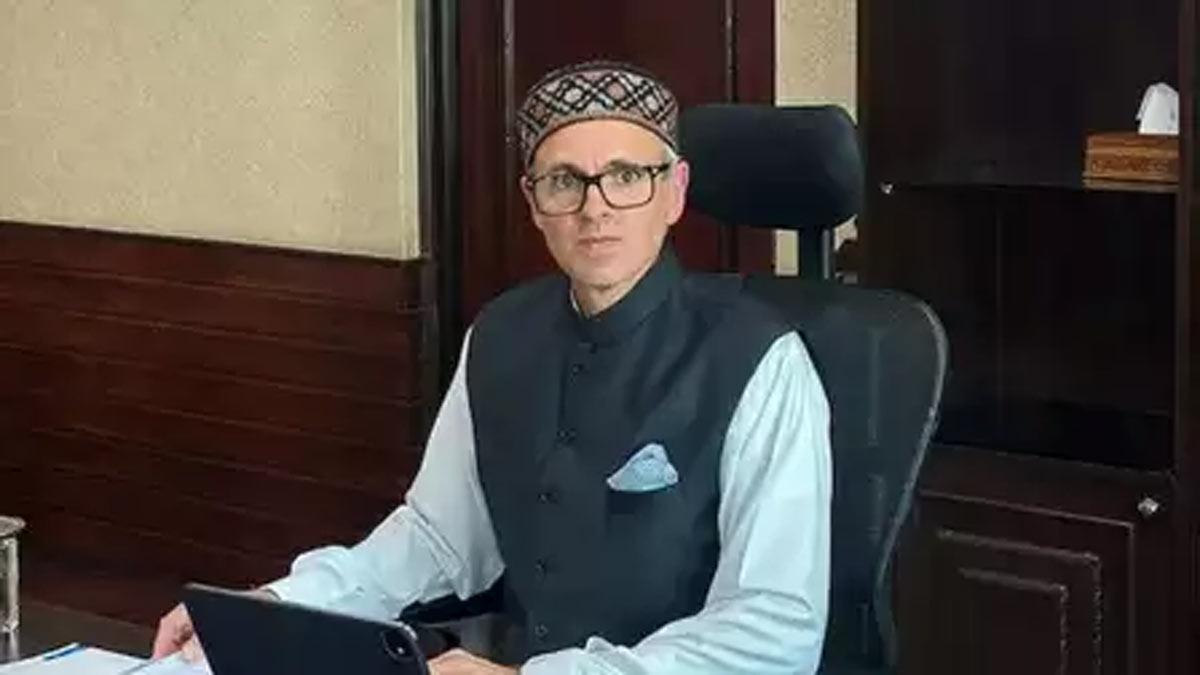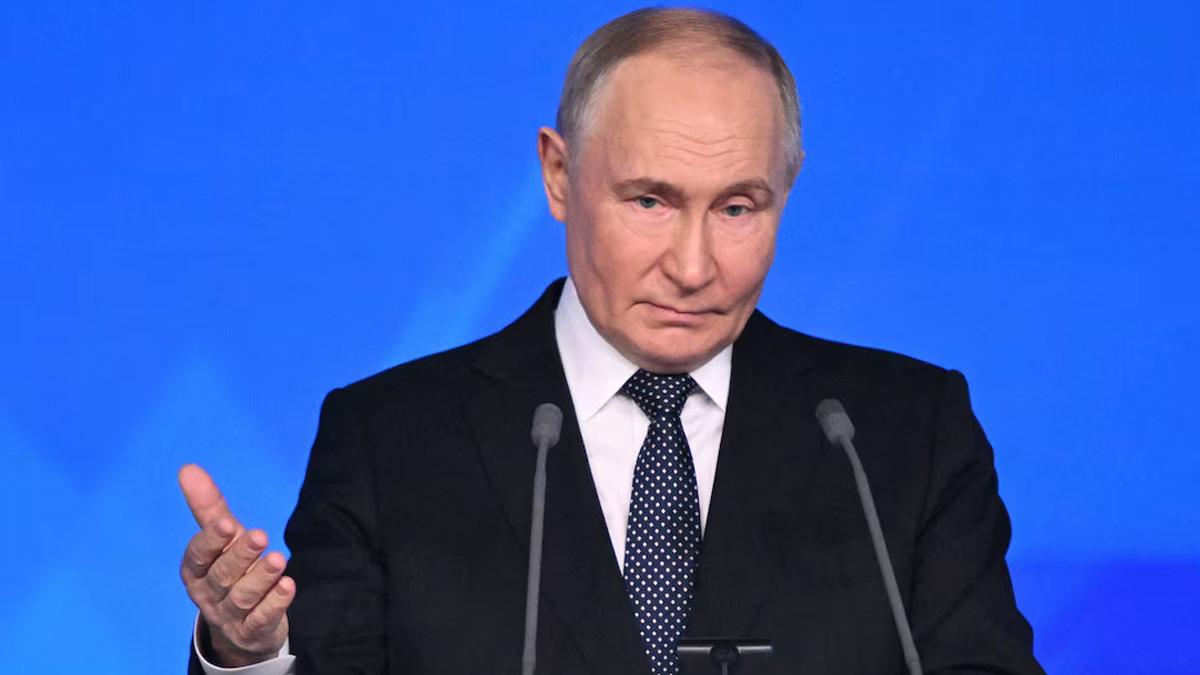Ferdinand Marcos Jr., the son of late Filipino leader Ferdinand Marcos, was sworn in as the 17th President of the Philippines on Thursday at the National Museum in Manila in front of thousands of people who witnessed the inauguration.
The 64-years-old wearing a native Barong Tagalog formal shirt, took his oath of office as his 92-year-old mother Imelda and family members looked on, reports Xinhua news agency.
More than 15,000 police and security personnel have been deployed across the capital for the inauguration.
Foreign dignitaries, diplomats, and three former Presidents, Fidel Ramos, Joseph Estrada and Gloria Macapagal-Arroyo, attended.
Also read | Ferdinand Marcos Jr. to take charge as new President of Philippines
Ahead of the swearing-in, outgoing leader Rodrigo Duterte received Marcos at the Malacanang presidential palace.
On May 25, the Philippine Congress proclaimed Marcos winner of the May 9 presidential election, with over 31 million votes or more than 58 per cent of the votes cast.
He succeeded Duterte who has finished his six-year term.
The Philippine constitution permits the president to serve a single six-year term.
The Marcos administration needs to address a slew of problems besetting the Philippines, such as unemployment, inflation, a high debt-service ratio to the gross domestic product (GDP), as well as rocketing gas and oil prices.
Last week, Marcos said he would serve as the secretary of agriculture temporarily after he takes office as the problem of food supply "is severe enough".
Managing inflation is also on the top of Marcos' to-do list. Government data showed that 23.7 percent of the country's nearly 110 million population lives in poverty.
The new administration will also inherit over $240 billion in accumulated debt by the end of March, mainly due to the COVID-19 expenses.
Bureau of Treasury data showed that the country's debt-to-GDP ratio stood at 63.5 per cent as of end-March, well over the internationally recommended threshold of 60 per cent.
"The priority is economy," Marcos said earlier this month, assembling his economic team to steer the economy.
The Philippine economy grew by 8.3 per cent year on year in the first quarter of 2022.
The government is optimistic that the solid first-quarter 2022 GDP growth will help the country attain its target of 7 to 8 per cent growth this year.
Marcos Jr.'s win in the May election also marked a stunning comeback for the Marcos political dynasty, which was ousted after a popular revolt in 1986.
Ferdinand Marcos led the country from 1965 until 1986, imposing martial law and presiding over a period of widespread human rights abuses, corruption and poverty.
That rule ended in 1986, when a mass uprising saw millions of people take to the streets and the Marcos family fled the country for Hawaii.
Marcos Jr., a long-time politician who returned to the Philippines in 1991, has since sought to paint his father's presidency as a "golden period" of growth and prosperity.
Also read | Pakistan complains to Twitter about India's move
His popularity was buoyed by an aggressive social media drive, which proved especially appealing to voters not old enough to have experienced the years of dictatorship first-hand.
Meanwhile, critics levelled accusations that his social media campaign was rife with misinformation and whitewashed atrocities under his father's rule.
He has denied these allegations.


















